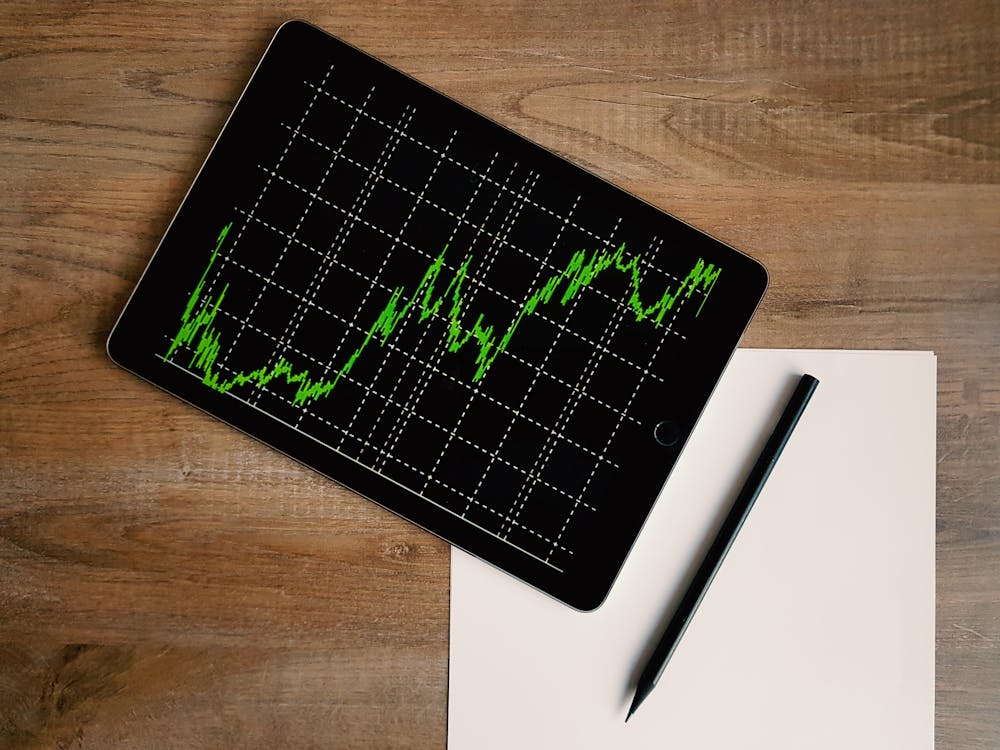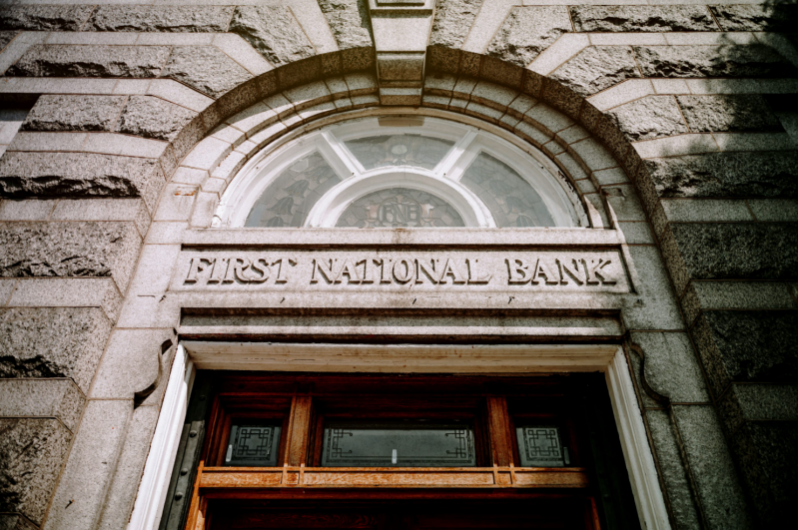In the financial world, leverage is a very tempting and risky tool. Like a mysterious magician, it can incite huge wealth potential with a small initial investment, but it may also devour the investor's principal in an instant and make everything go up in smoke. The essence of leverage is to amplify the gains or losses of investment by borrowing funds or using specific financial instruments. It is ubiquitous in the financial market, from stocks and futures to foreign exchange transactions, and the figure of leverage shuttles through it, attracting the attention of countless investors and triggering endless discussions.

The charm of leverage lies in its ability to accelerate the growth of wealth. When investors judge the market trend accurately, leverage can multiply the income. For example, in the stock market, if investors are optimistic about the prospect of a stock, they can borrow money from brokers to buy additional stocks through margin trading and securities lending business with less self-owned funds as collateral. If the stock price rises as expected, the investment income will far exceed the income range of investing only with its own funds. With the help of leverage, a small fund seems to have great power, inciting the great wheel of wealth and sailing to the other side of success.
In the foreign exchange market, the power of leverage is more significant. Traders can control large foreign exchange contracts by paying a small margin. This highly leveraged feature makes foreign exchange trading an attractive investment method. Many traders use leverage to capture small fluctuations in the currency exchange rate and make quick profits from market fluctuations. However, the double-edged sword feature of lever is also revealed here. Once the market trend is contrary to expectations, the loss will also be multiplied.

The abuse of leverage often leads to disastrous consequences, and many financial tragedies in history are related to the out-of-control leverage. In the global financial crisis in 2008, the excessive leverage of the subprime mortgage market was one of the chief culprits. Financial institutions package a large number of subprime loans into financial derivatives, and constantly enlarge the investment scale through leverage. When the real estate market bubble burst and the default rate of subprime loans rose, the financial system collapsed instantly and the global economy fell into recession. Countless investors have lost their money, and the cornerstone of trust in the financial market has also been hit hard.
In the field of investment, lever is a sharp sword, whose blade shines with wealth and hides the chill of destruction. Investors must be cautious when using leverage. Excessive leverage may make investors fall into a hopeless situation, while reasonable leverage can be a boost to investment success. Investors should prudently employ leverage in accordance with their personal risk appetite, investment goals, and market insights. While pursuing high returns, we must fully consider potential risks and formulate corresponding risk management strategies, such as controlling leverage ratio, setting stop-loss points, and diversifying investments.

Looking forward, as financial markets keep evolving and innovating, leverage instruments will become increasingly diverse and complex. Regulators are also constantly strengthening the supervision of leveraged transactions to prevent systemic financial risks. In the world of leverage, investors should keep a clear head, not only to see the opportunities brought by leverage, but also to be alert to its hidden risks. Only on the basis of fully understanding leverage and using it reasonably can we move forward steadily in the waves of financial markets and sail to the other side of wealth.







